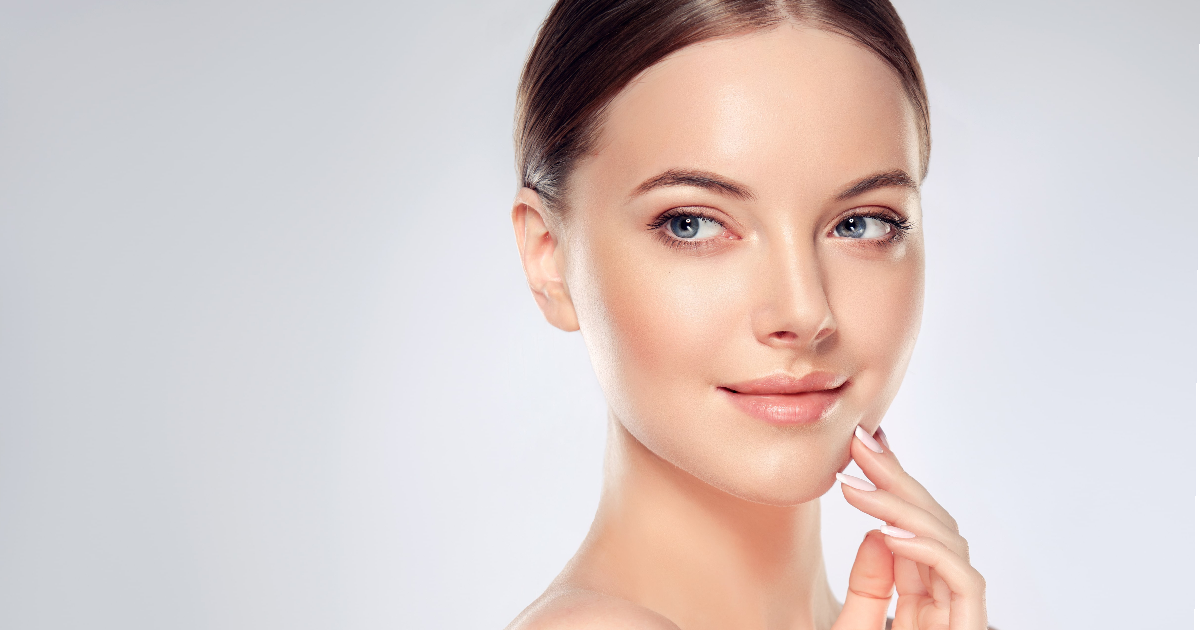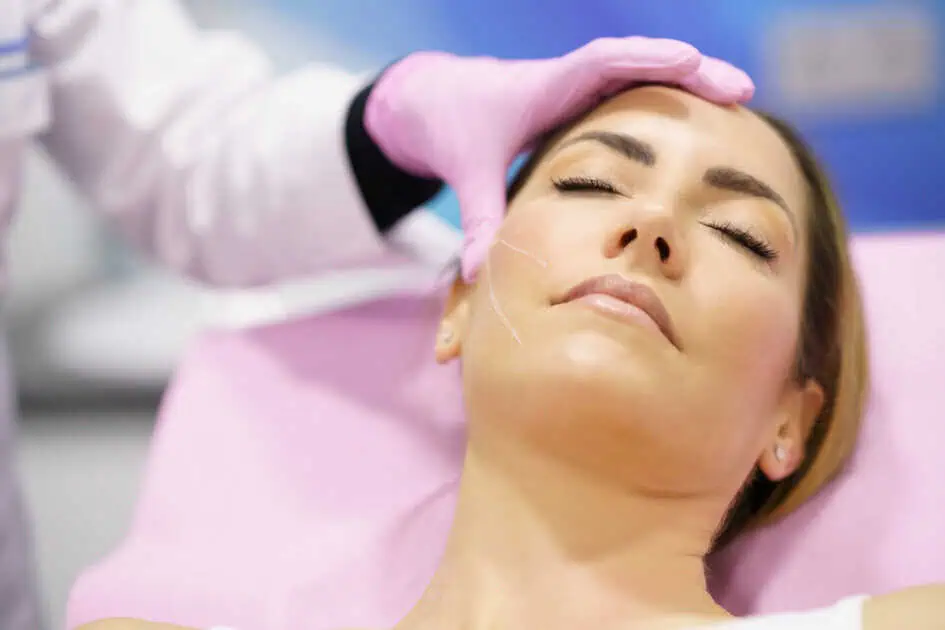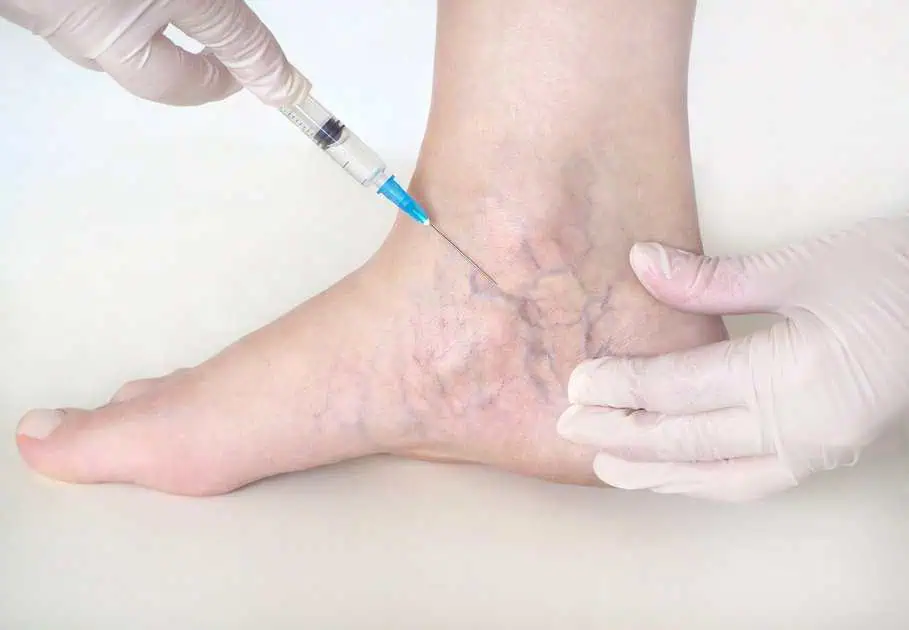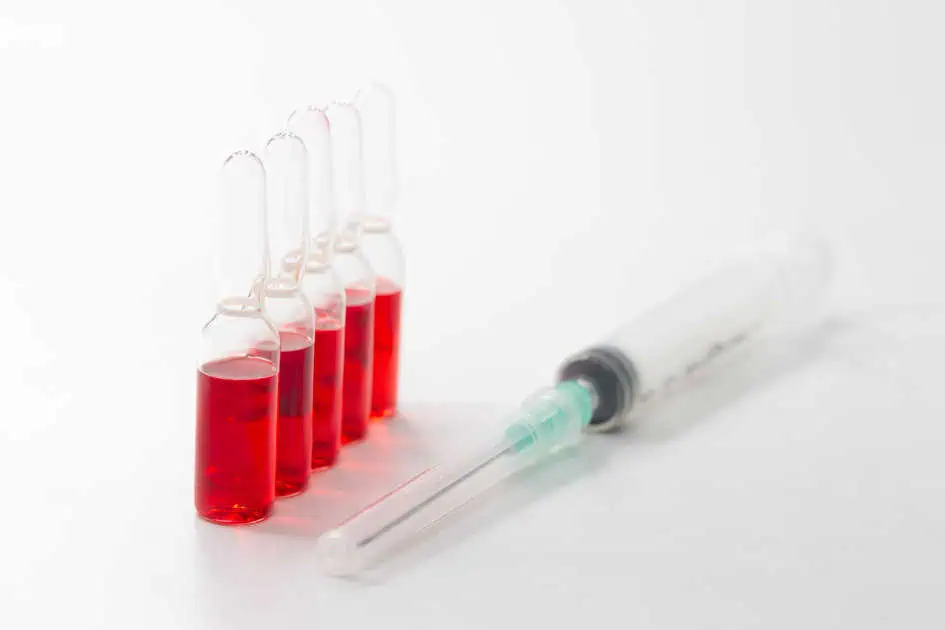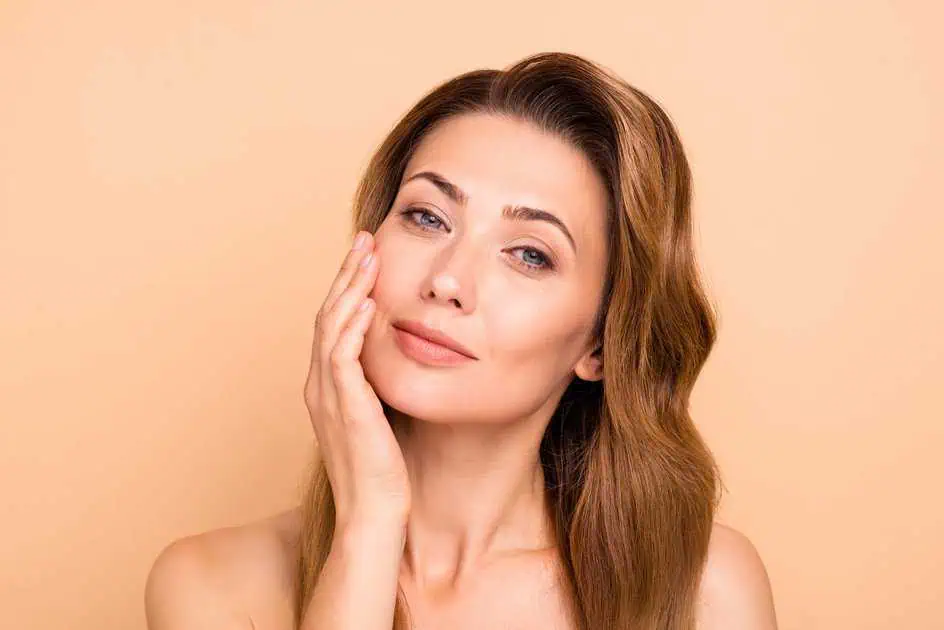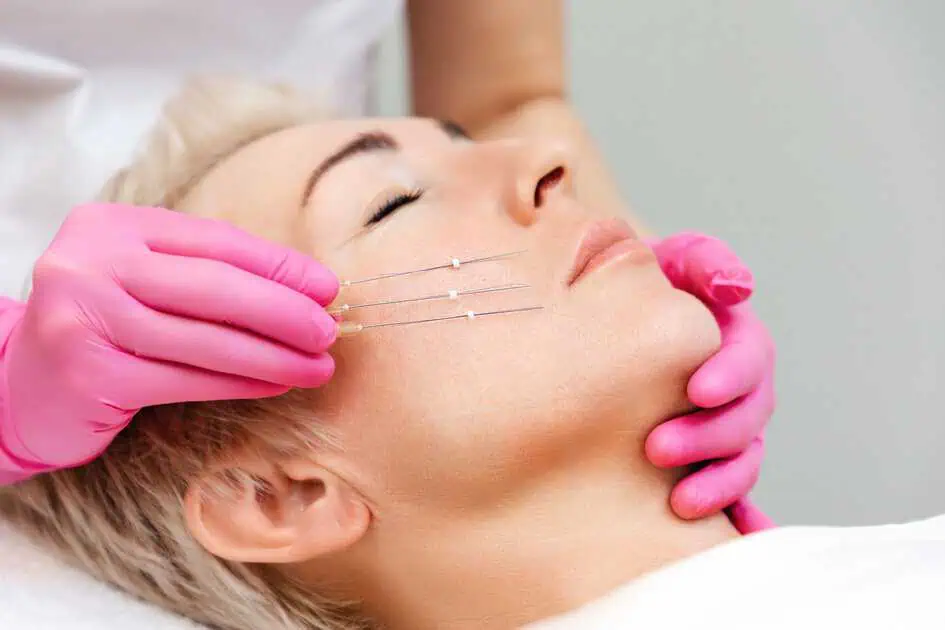Spider veins, medically known as telangiectasias, represent a common vascular issue affecting a significant portion of the population, particularly women. While not usually a serious health threat, their presence can lead to self-consciousness and discomfort due to their appearance, mainly when located on the legs or face.
Understanding spider veins and the factors contributing to their formation is pivotal in exploring effective treatment options for those seeking smoother, vein-free skin.
What Are Spider Veins?
Spider veins, also referred to as telangiectasias, are small, dilated blood vessels that appear close to the skin’s surface. These veins often resemble spider webs, branches, or thread-like patterns, displaying red, blue, or purple hues. Unlike more prominent varicose veins, which tend to bulge, spider veins are smaller and typically don’t cause discomfort or health complications. However, their visible appearance can lead to cosmetic concerns.
The circulatory system plays a crucial role in the development of spider veins. Within this system, arteries carry oxygen-rich blood from the heart to the body’s tissues, while veins transport oxygen-depleted blood back to the heart. Veins contain valves that assist in the upward flow of blood against gravity.
In the case of spider veins, various factors can weaken or damage these tiny veins, leading to their visibility through the skin. Weak or malfunctioning valves can cause blood to pool within the veins, increasing pressure and causing them to dilate. Over time, this dilation contributes to the appearance of spider veins, especially in areas where circulation may be strained, such as the legs.
The formation of spider veins is often influenced by genetic predisposition, hormonal changes, prolonged standing or sitting, obesity, pregnancy, and other lifestyle factors that can affect blood flow and vessel integrity.
What Are The Causes of Spider Veins?
Genetic predispositions and familial history: Genetics can significantly influence an individual’s propensity to develop spider veins. A domestic history of these vascular issues often increases the likelihood of experiencing them.
If parents or close family members have dealt with spider veins, there’s a higher chance of inheriting this predisposition. Genetic factors can impact the strength and resilience of vein walls and valves, making some individuals more susceptible to vein-related problems than others.
Lifestyle factors like prolonged standing or sitting: Various lifestyle elements contribute to developing and exacerbating spider veins. Long periods of standing or sitting, especially without breaks, can strain veins, impeding proper blood flow and potentially leading to vein dilation. Conversely, excessive sitting may hamper blood circulation, causing blood to pool in the legs.
Obesity: Obesity can also exert increased pressure on veins, affecting their functionality and potentially leading to the development of spider veins.
Hormonal changes: Hormonal changes, such as those occurring during puberty, pregnancy, or menopause, can impact vein health. Hormonal fluctuations can weaken vein walls and valves, increasing the risk of spider veins.
Understanding these causative factors sheds light on why specific individuals may be more prone to developing spider veins and aids in exploring preventive measures and targeted treatments.
Sclerotherapy as a Treatment Option
Sclerotherapy is one of the most influential and widely used medical procedures for eliminating spider veins. This minimally invasive treatment involves the injection of a specialized solution directly into the affected veins, causing them to fade and be reabsorbed by the body gradually. Sclerotherapy is particularly effective for treating spider veins, offering patients a safe and efficient solution to address these vascular imperfections.
Skintuition Medical Aesthetics employs Asclera® as the cornerstone for Sclerotherapy treatments. Asclera® has emerged as a gold standard in spider vein treatment. This FDA-approved sclerosing agent works by damaging the lining of the targeted blood vessels, initiating a process where the body naturally clears and absorbs the treated veins over time. Asclera® is known for its efficacy in eradicating spider veins, providing patients with remarkable results and renewed confidence in their skin’s appearance.
What Is The Procedure Look Like?
During a Sclerotherapy session, a qualified healthcare professional precisely injects the Asclera® solution into the affected spider veins using a fine needle. The solution causes irritation and subsequent collapse of the vein walls, prompting the body’s natural healing response. The treated veins fade over several weeks and gradually disappear as the body reabsorbs them, leaving smoother, clearer skin.
The procedure is generally well-tolerated, involving minimal discomfort and no incision needed. Patients can resume their daily activities immediately post-treatment with minimal downtime. Multiple sessions may be necessary for optimal results, depending on the severity and extent of the spider veins.
What Are The Benefits and Results of Sclerotherapy?
Sclerotherapy effectively eliminates spider veins, offering patients remarkable results and renewed skin confidence. The procedure effectively targets and addresses these visible veins, causing them to collapse and gradually fade. Over time, the body naturally absorbs the treated veins, resulting in a smoother skin appearance.
Clinical studies have demonstrated the efficacy of Sclerotherapy, showcasing significant improvement in the reduction of spider veins. Patients often experience a noticeable decrease in the visibility of these veins, leading to enhanced skin aesthetics and an improved overall appearance.
Following Sclerotherapy sessions, patients commonly report the visual disappearance of spider veins and a considerable improvement in comfort. The reduction in the appearance of these veins contributes to enhanced skin smoothness, promoting a more even skin tone and texture.
Moreover, as the treated veins fade away, patients typically experience newfound confidence in revealing their legs or other affected areas without feeling self-conscious. The procedure’s success in diminishing spider veins delivers aesthetic benefits and offers psychological comfort, allowing individuals to feel more at ease and confident in their skin.
The comfort and satisfaction derived from the improved aesthetic appearance serve as motivating factors for individuals seeking to address spider veins through Sclerotherapy.
Prevention Tips for Spider Veins
- Regular Exercise: Physical activity, such as walking, swimming, or cycling, promotes healthy blood circulation. Exercises that work the calf muscles, aiding blood flow from the legs to the heart, are particularly beneficial in reducing the risk of spider veins.
- Maintaining a Healthy Weight: Maintaining a healthy weight reduces the pressure on your veins. Extra weight can burden the circulatory system, potentially contributing to the development of spider veins.
- Avoid Prolonged Sitting or Standing: Taking breaks from prolonged sitting or standing can help alleviate strain on the veins. Changing positions or taking short walks periodically aids in improving circulation.
- Elevate Legs: Elevating the legs while resting can help reduce swelling and ease pressure on the veins. Keeping the legs raised above heart level for short intervals throughout the day promotes better blood flow.
- Wear Compression Stockings: Compression stockings exert gentle pressure on the legs, aiding circulation and reducing the risk of developing spider veins. These specialized stockings assist in preventing blood from pooling in the legs.
- Healthy Diet: A diet rich in high-fiber foods, such as fruits, vegetables, and whole grains, supports heart and circulatory health. Reducing sodium intake can also minimize swelling and fluid retention, benefiting vein health.
- Avoid Tight Clothing: Wearing overly tight clothing, especially around the waist, groin, or legs, can impede blood flow. Opt for loose-fitting clothing to promote better circulation.
- Leg Positioning: Avoid crossing legs for extended periods as it can restrict blood flow. Keeping legs uncrossed while seated helps maintain healthy circulation.
Implementing these lifestyle adjustments and circulation-improving strategies significantly minimizes the risk of developing spider veins and supports overall vein health.
Consider Sclerotherapy at Skintuition Medical Aesthetics for spider vein treatment in Pocatello, ID.
Spider veins, those intricate yet visible blood vessels, often result from a combination of genetic predispositions, lifestyle factors, and hormonal changes. Understanding the causes behind their emergence is crucial in exploring effective solutions.
Sclerotherapy emerges as a highly effective and minimally invasive treatment option for eliminating spider veins. Utilizing Asclera® as a gold standard sclerosing agent, Skintuition Medical Aesthetics offers a proven method to address these vascular imperfections. The procedure involves injecting a specialized solution into affected veins, prompting them to fade and be reabsorbed by the body over time.
Considering Sclerotherapy at Skintuition Medical Aesthetics offers an opportunity for smoother, clearer skin and a chance to experience the comfort and confidence that comes with it. Take the first step towards vein-free skin by contacting us today and exploring the transformative possibilities of Sclerotherapy.


